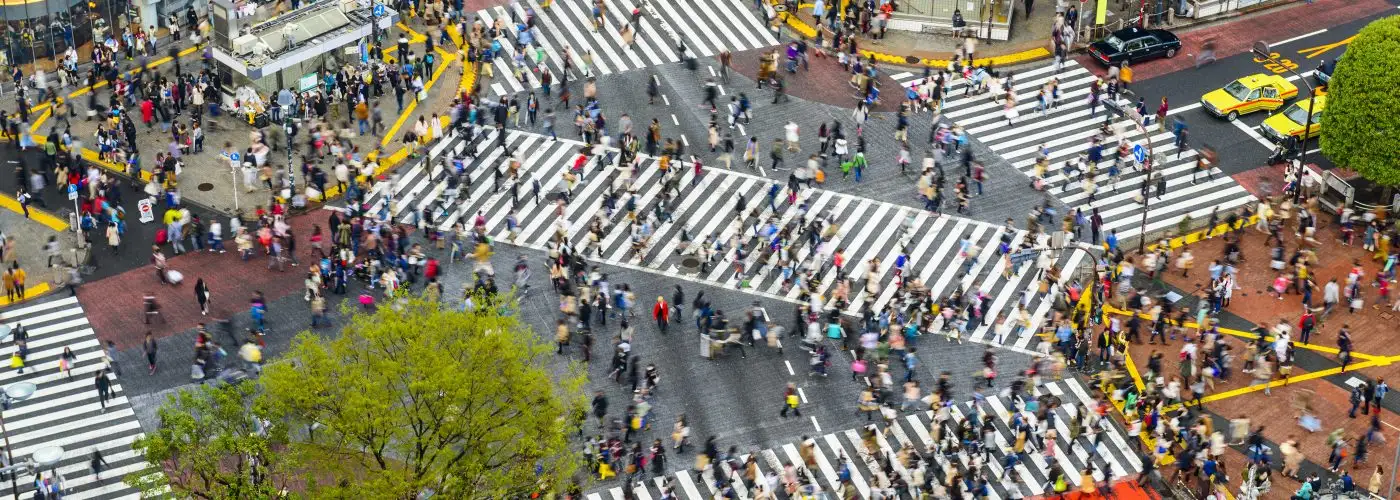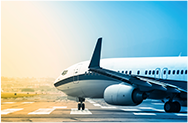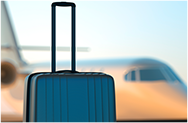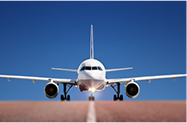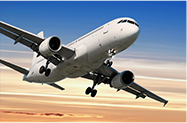Each year, media brand Monocle releases its top 25 cities to live in based on their Quality of Life Index, determined at their annual Quality of Life Conference. The 2015 conference was held in Lisbon, which ranked 16th on the list of 25. And while only two U.S. cities (Portland and Honolulu) made it within the top 25 (ranking 24th and 23rd respectfully), the top 10 are all bucket-list worthy destinations.
Monocle judged each city by cultural measures—using shared experiences that work for the entire city’s population instead of just economic, political, and educational factors. The rankings are based on untraditional elements like number of international air routes, monthly travel card expenses, when clubs and bars close, number of language schools, and number of indie bookstores. If those factors denote your ideal city, pack your bags and become a resident of one of these world-class destinations.
Image Gallery
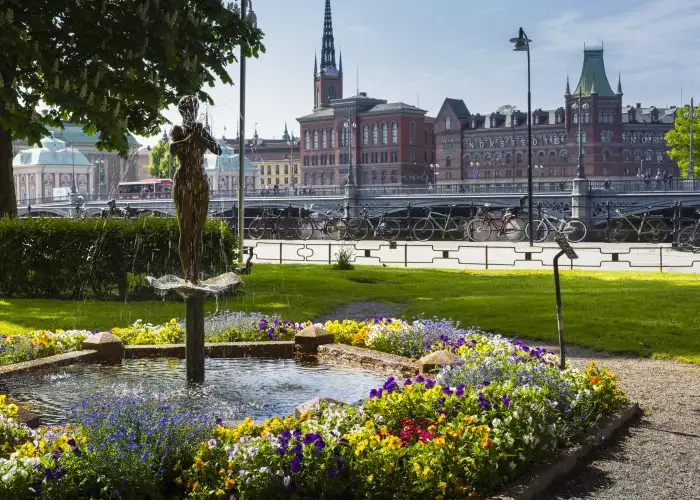
#10: Stockholm, Sweden
Stockholm and its minimalist Scandinavian culture just make the top 10 with 156 international air routes, a monthly transit cost of $97, and bustling nightlife until 5 a.m. However, it is quite pricey, typically ranking as one of the world's most expensive cities to live in, so be sure your wallet is big enough for Stockholm.

#10: Stockholm, Sweden
Stockholm and its minimalist Scandinavian culture just make the top 10 with 156 international air routes, a monthly transit cost of $97, and bustling nightlife until 5 a.m. However, it is quite pricey, typically ranking as one of the world's most expensive cities to live in, so be sure your wallet is big enough for Stockholm.
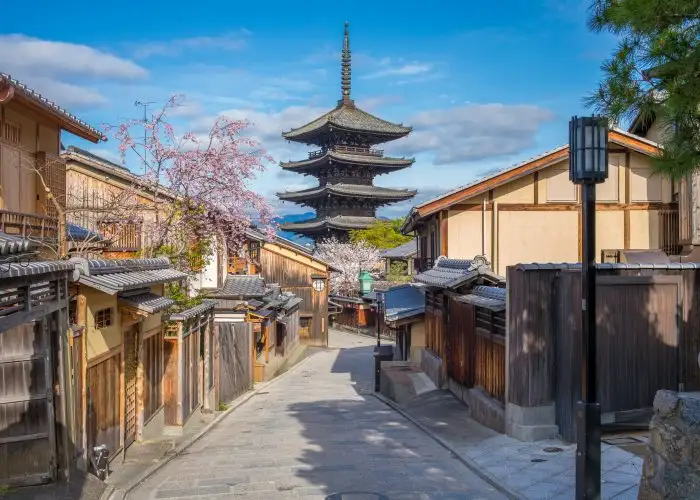
#9: Kyoto, Japan
As the third Japanese city in the top 10, Japan must be doing something right. Kyoto has 74 international routes, but a monthly transit expense at $168, and nightlife that stays open till 5 a.m. However, it's Kyoto’s preservation of Japanese history and culture that sustain its livability.
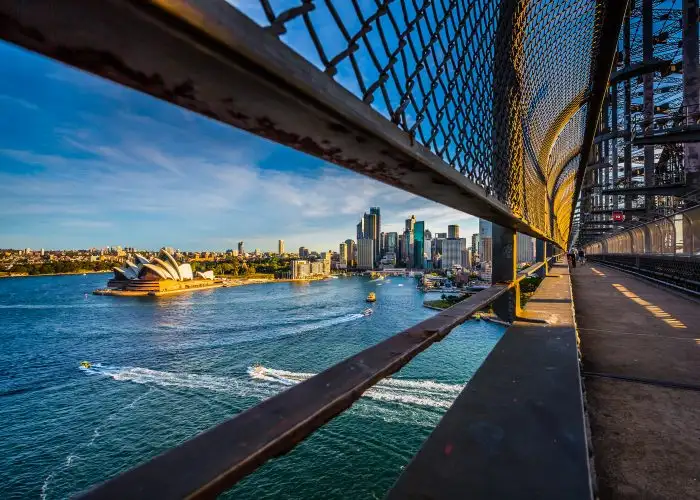
#8: Sydney, Australia
While I may be biased to Sydney after living there for almost a year, Sydney definitely deserves the #8 spot. It has only 49 international plane routes, a higher monthly transit expense of $117.50 (although transit caps at $2.50 AUD on Sundays), and a crippling night life with new "lockout laws" that prohibit entry into bars and clubs past 1:30 a.m. But even with those drawbacks, its impressive landscape, public transit network, food, shopping, access to a breathtaking coastline, and fabulous weather still make it extremely livable.
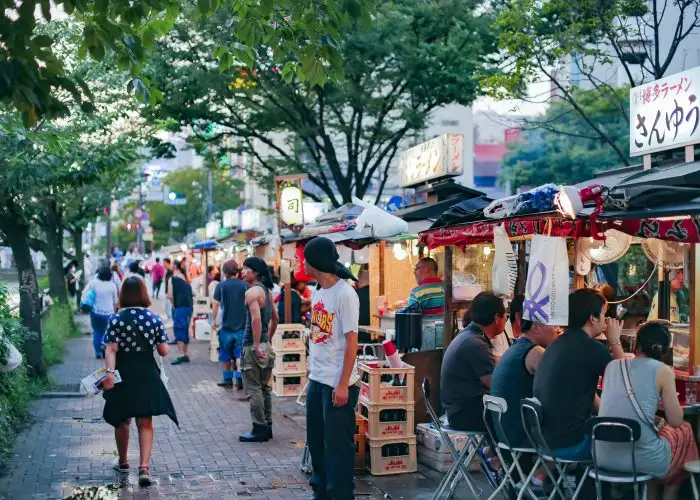
#7: Fukuoka, Japan
Never heard of Fukuoka? This up-and-coming city on the island of Kyushu is one of the greenest in Japan. With 21 international air routes, a low monthly transit cost of $73.50, and nightlife that entertains until 5 a.m. it's on my destinations-to-watch list.
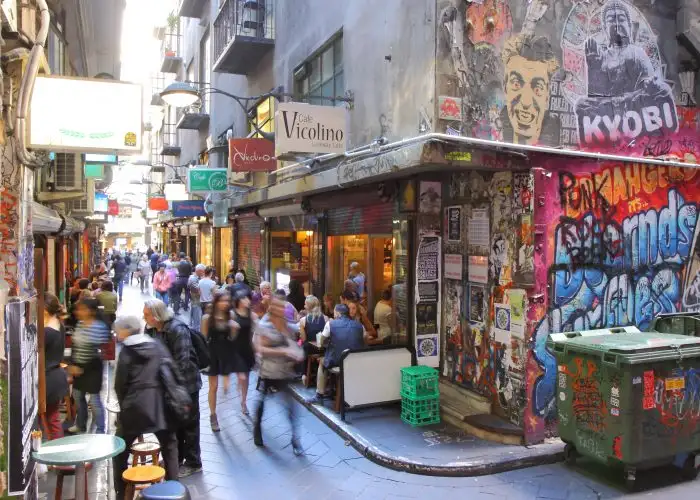
#6: Melbourne, Australia
Often referred to as Australia's "Second City", Melbourne surpasses Sydney on this list. With 45 international routes, a monthly transit card at $105, and nightlife open until 3 a.m., it's relatively comparable to the New South Wales' capital whose shadow it usually lives in. It’s Melbourne’s more artistic and exploding culture that sets it apart.
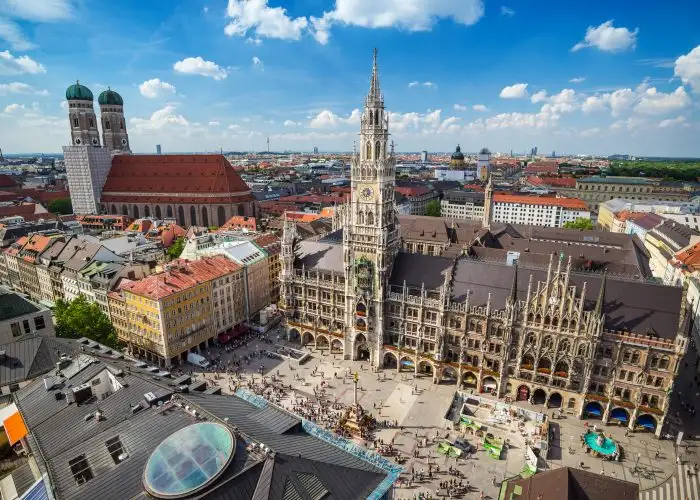
#5: Munich, Germany
The second German city to make the top 10, Munich features a luxe airport that’s home to 231 international routes. This makes it one of the most accessible cities on this list, not to mention Munich’s relatively low inexpensive monthly transit cost ($72.80), ample green space, and 118 language schools.
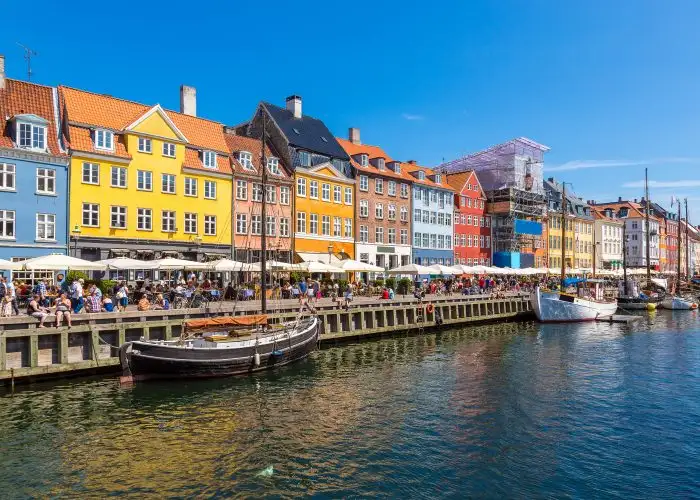
#4: Copenhagen, Denmark
Given its incredibly popular biking culture, Copenhagen has very low monthly transit costs ($54) and 156 international air routes—making it a major European hub and the fourth best place to live. for such a small city. Nightlife here lasts until 5 a.m., making it the fourth-best place to live.
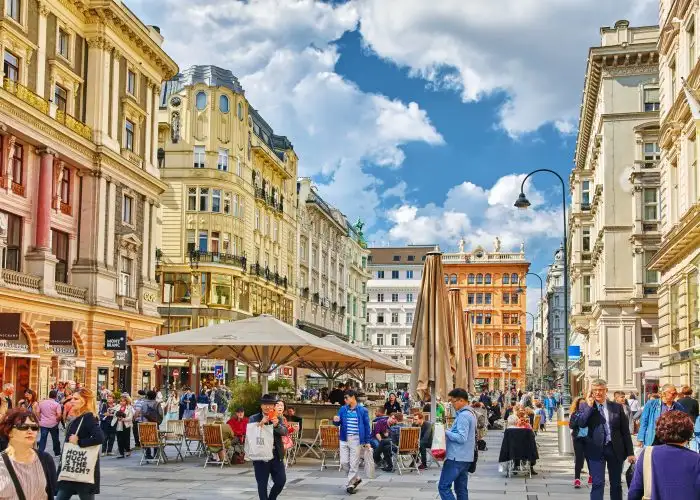
#3: Vienna, Austria
Austria’s palace-dotted capital boasts 166 international air routes, very inexpensive monthly transit costs ($54.50), 111 language schools, and 235 indie bookstores. It takes third place in the world for livability.
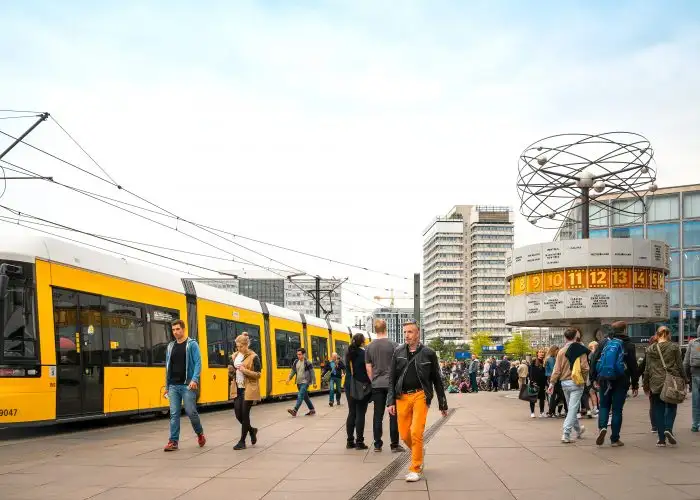
#2: Berlin, Germany
Berlin's nightlife goes 24/7, so it’s no surprised it ranked high on this list. But the capital of Germany also crushed the other measures—166 international plane routes, relatively inexpensive monthly transit costs ($91.50), and 222 independent bookstores make it a runner-up.
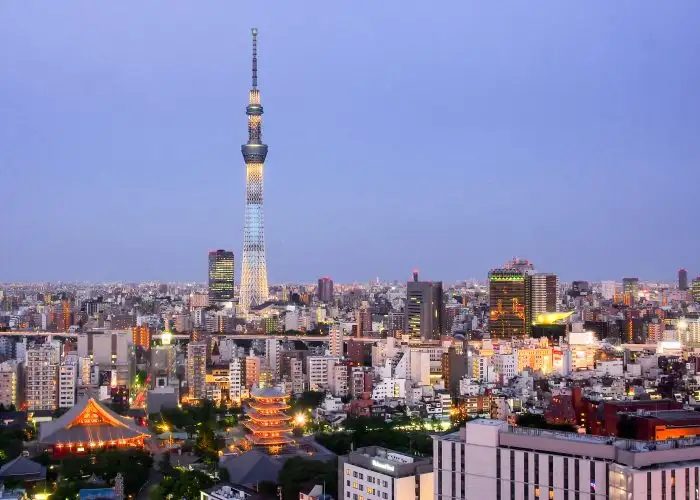
#1: Tokyo, Japan
With over 13 million people, Tokyo is considered an Asian megacity. Its nightlife (clubs stay open till 5 a.m.) and other nocturnal measures make it number one for livability. It also has 135 international air routes, and monthly travel card costs averaging $160 (the second most expensive in the top 10). Plus, it has 1,300 indie bookstores—surpassing any other city on the list by over 1,000.
For the full list of 25 cities, check out the video below:
More from SmarterTravel:
- 10 Most Walkable Cities in America, Ranked
- The World’s Most Bike-Friendly Cities, Ranked
- 7 Beautiful Pedestrian-Friendly Destinations That Don’t Allow Cars
We hand-pick everything we recommend and select items through testing and reviews. Some products are sent to us free of charge with no incentive to offer a favorable review. We offer our unbiased opinions and do not accept compensation to review products. All items are in stock and prices are accurate at the time of publication. If you buy something through our links, we may earn a commission.
Related
Top Fares From
Today's Top Travel Deals
Brought to you by ShermansTravel
France: 8-Night Paris, Avignon & Nice...
Infinity Worldwide Vacations
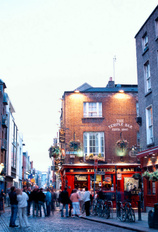 vacation
$2880+
vacation
$2880+
Poconos: 3 Nts in Garden of...
ResortsAndLodges.com
 hotel
$305+
hotel
$305+
7-Nt Canada & New England Cruise,...
Princess Cruises
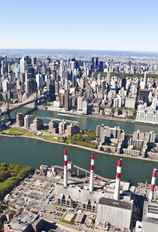 cruise
$839+
cruise
$839+
